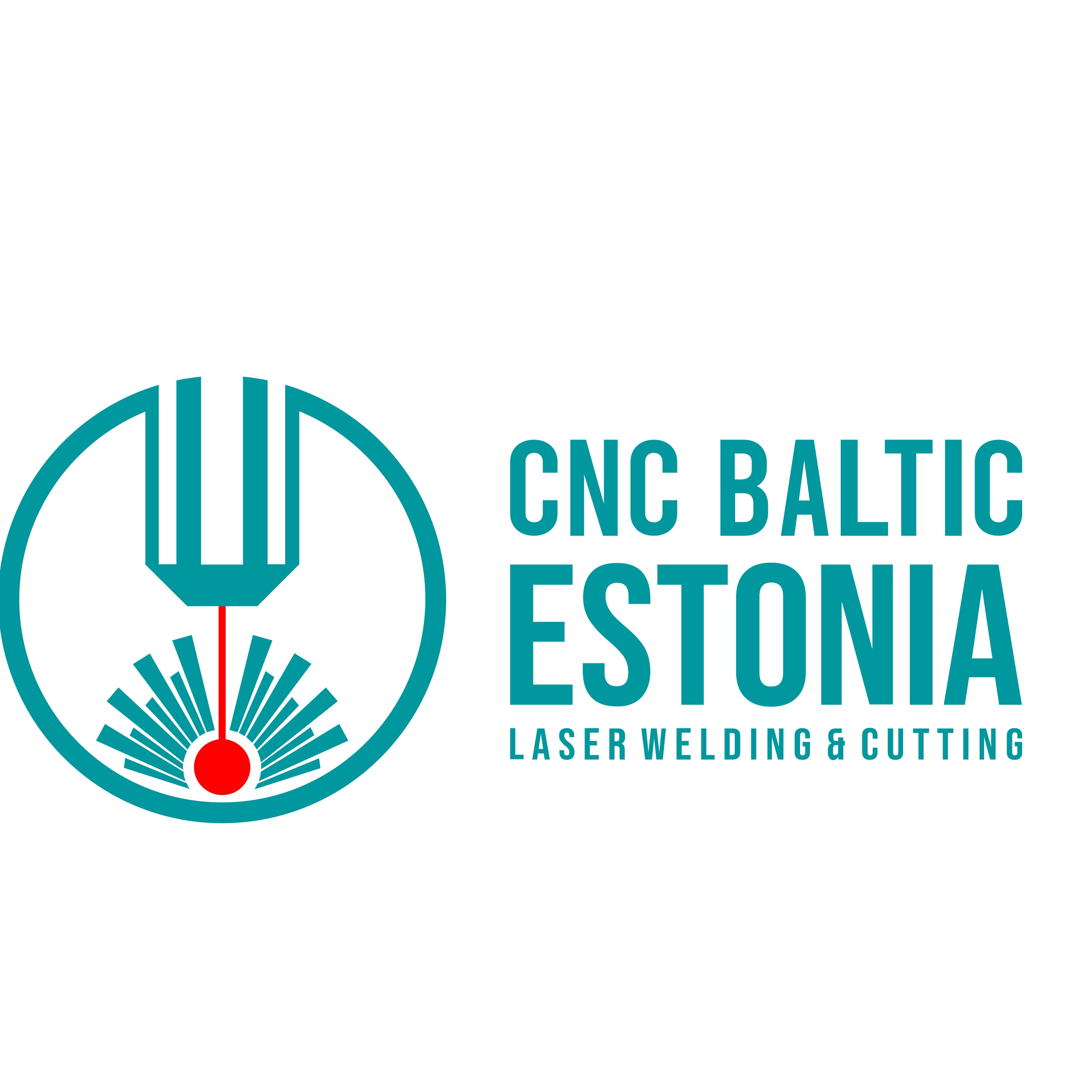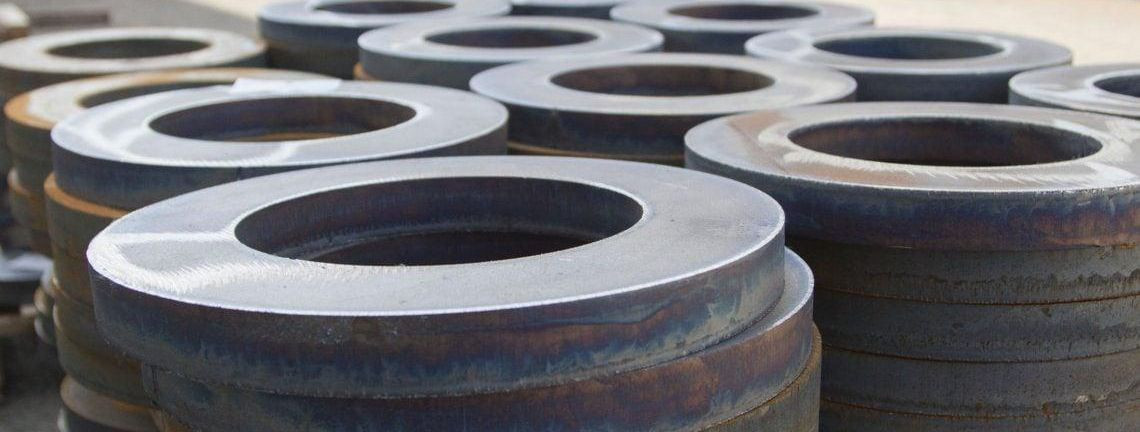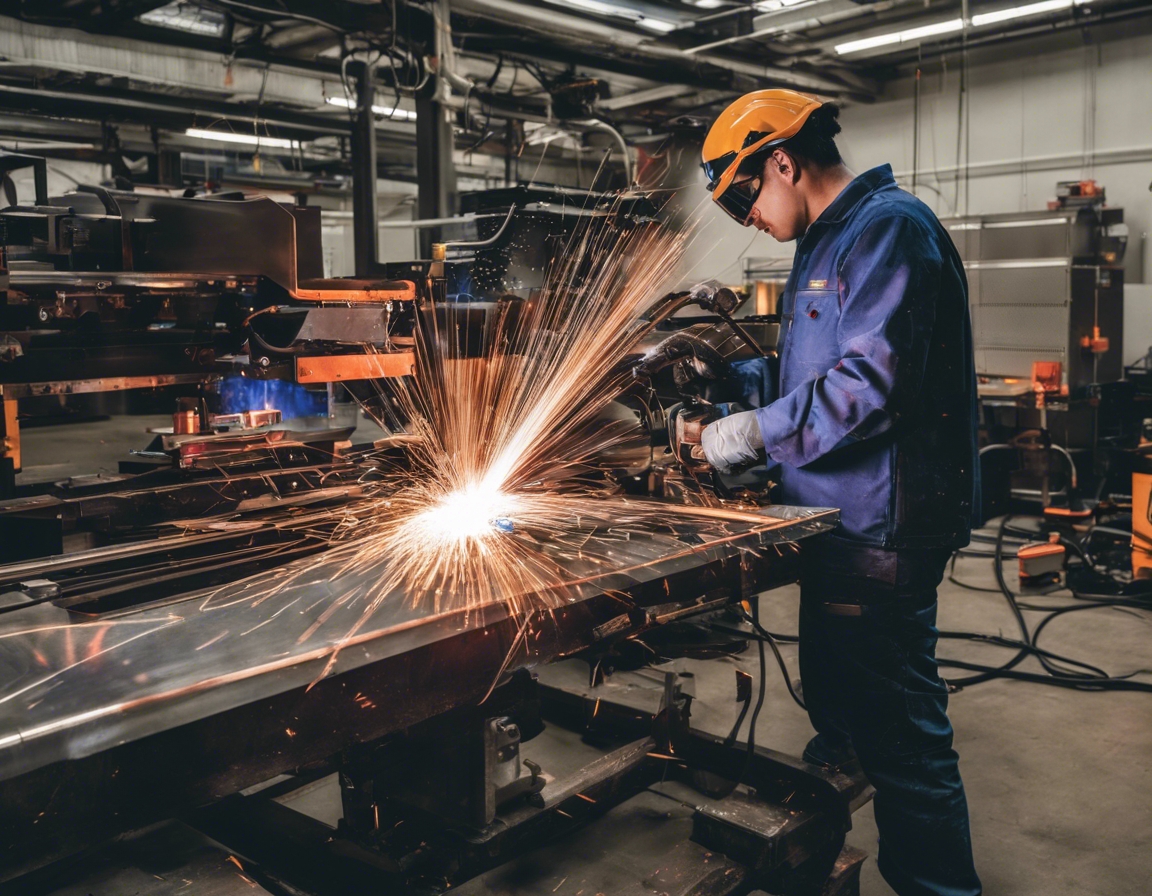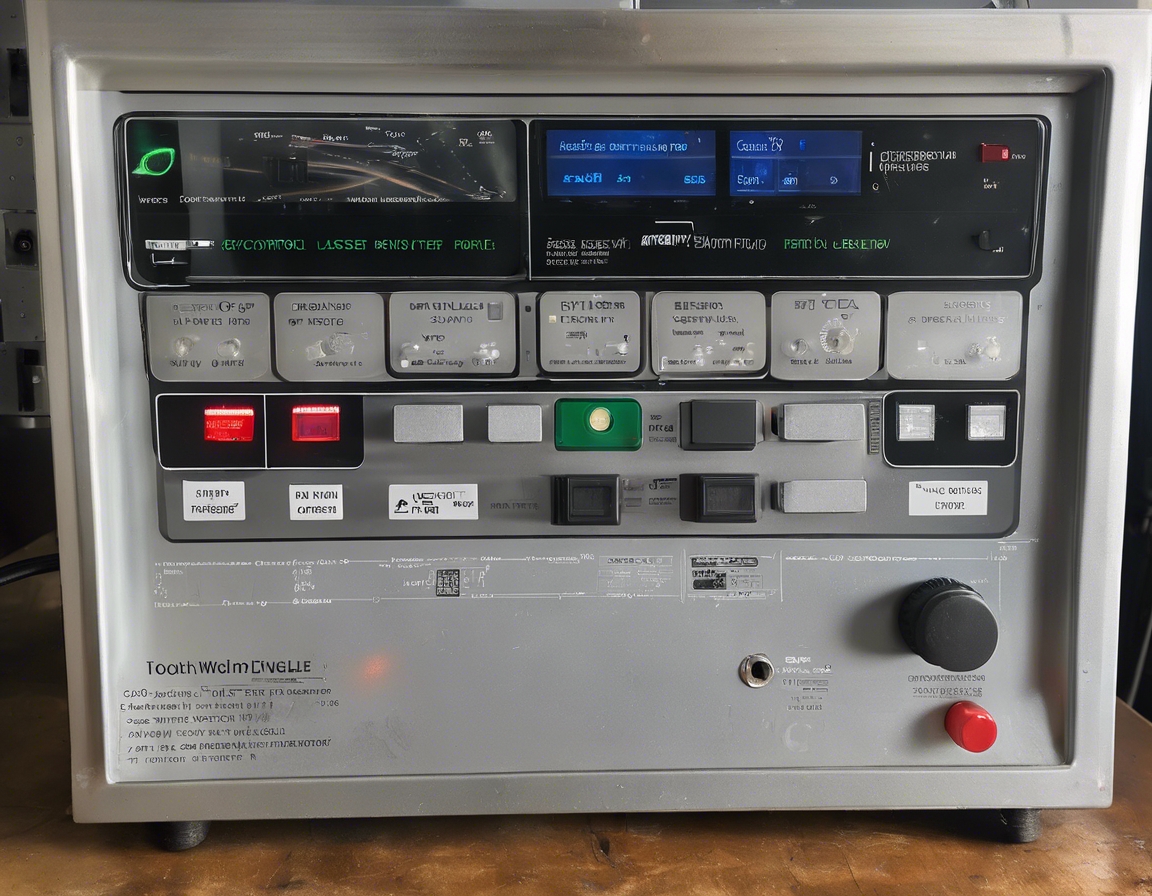5 ways laser welding is transforming the metal industry
Laser welding is a cutting-edge technique that utilizes a laser beam to join multiple pieces of metal. The process involves focusing a concentrated beam of light to create a weld that is both precise and strong. This technology has revolutionized the way the metal industry approaches the joining of materials.
Unlike traditional welding methods, laser welding offers a non-contact process that results in minimal distortion, higher speeds, and cleaner joins. This comparison sets the stage for understanding the transformative impact of laser welding on the metal industry.
Enhanced Precision and Control
The precision of laser welding is unmatched, allowing for intricate welds on a microscopic scale. This level of control is essential for industries that require exact specifications, such as aerospace and medical device manufacturing.
Applications in electronics, automotive, and precision engineering are benefiting from the high precision offered by laser welding, leading to improved product quality and consistency.
Improved Weld Strength and Quality
Laser welding produces welds with high metallurgical quality due to its ability to target specific areas with controlled heat input. This results in strong, defect-free joins that enhance the overall integrity of the welded structure.
The improved weld strength translates into products that are more durable and perform better over time, which is crucial for high-stress applications in various industries.
Greater Efficiency and Productivity
With faster welding speeds and reduced need for post-weld treatments, laser welding significantly cuts down on production time, enabling manufacturers to increase their output and meet demand more efficiently.
The efficiency of laser welding not only boosts productivity but also leads to cost savings, as less time and fewer materials are wasted during the manufacturing process.
Flexibility in Joining Dissimilar Materials
Laser welding has opened up new possibilities by allowing for the joining of dissimilar materials that traditional welding methods could not accommodate. This flexibility has led to innovative uses in various sectors.
Manufacturers can now design products that combine different materials, leading to lighter, stronger, and more efficient designs that were previously impossible to achieve.
Environmental and Safety Advantages
Laser welding is a more environmentally friendly option, as it typically requires less energy than conventional welding methods and produces fewer emissions.
The process is also safer for operators, as it reduces exposure to harmful fumes and the risk of burns, contributing to a healthier workplace and better compliance with safety regulations.






Comments (0)